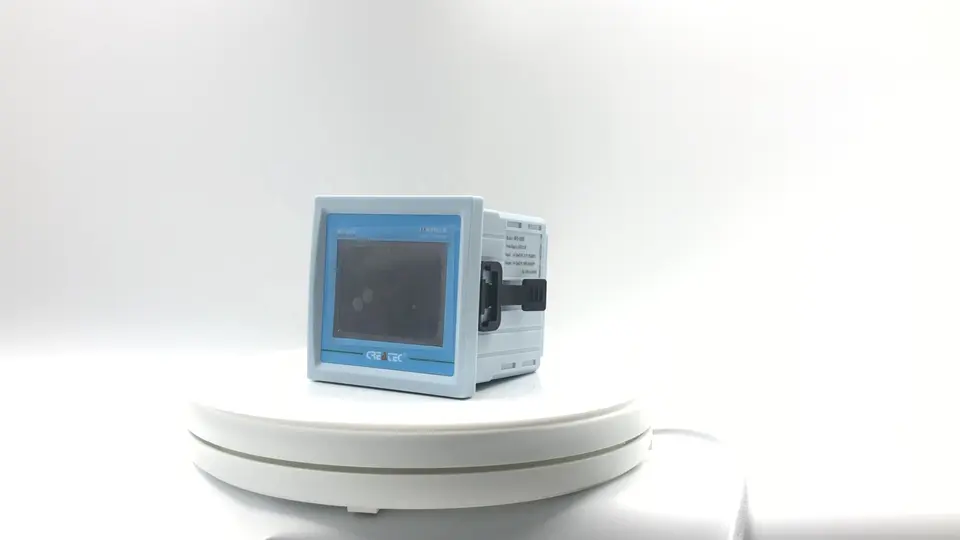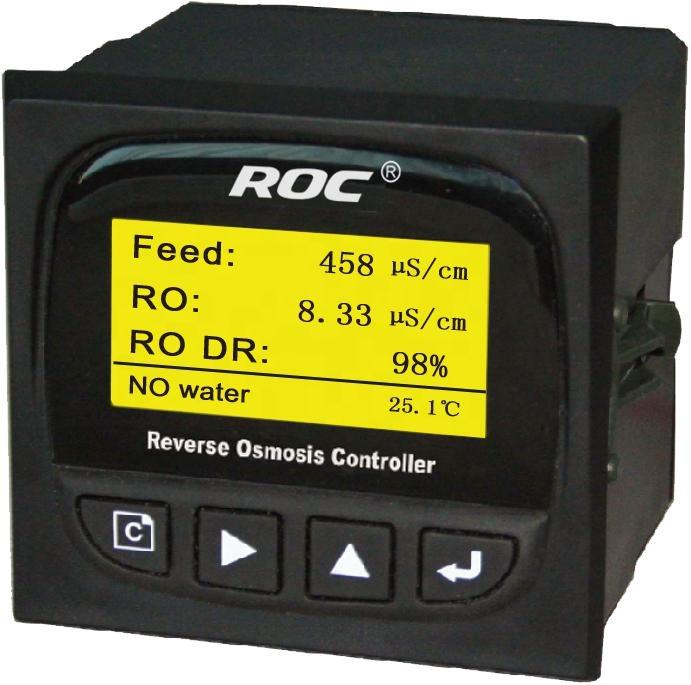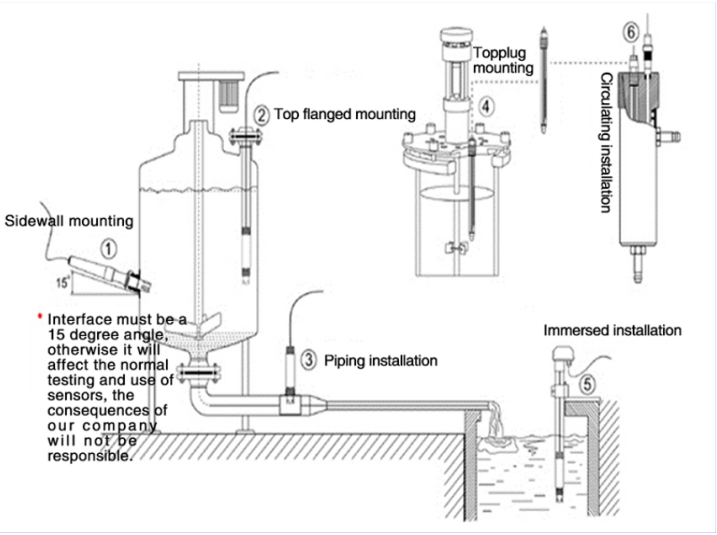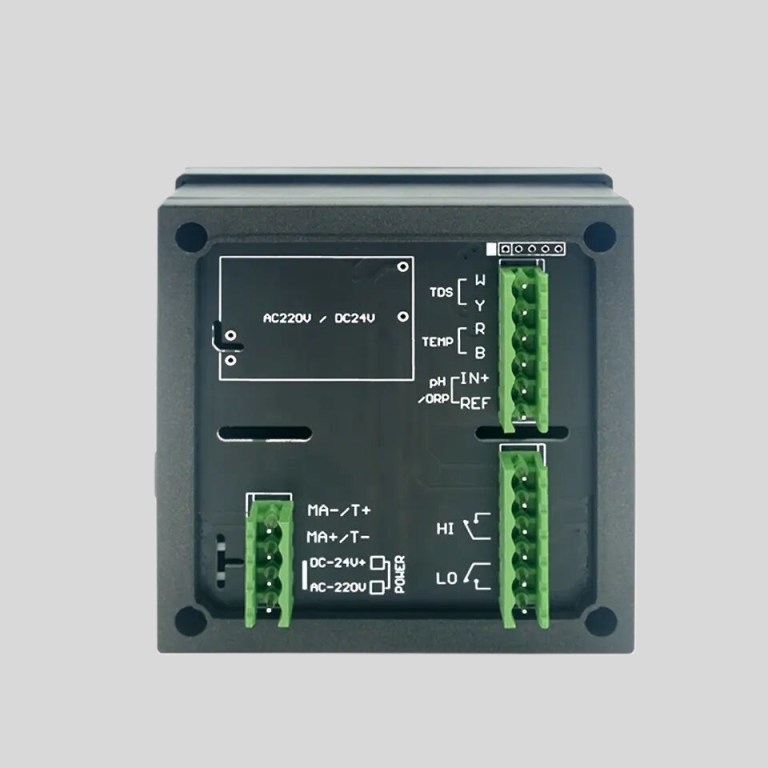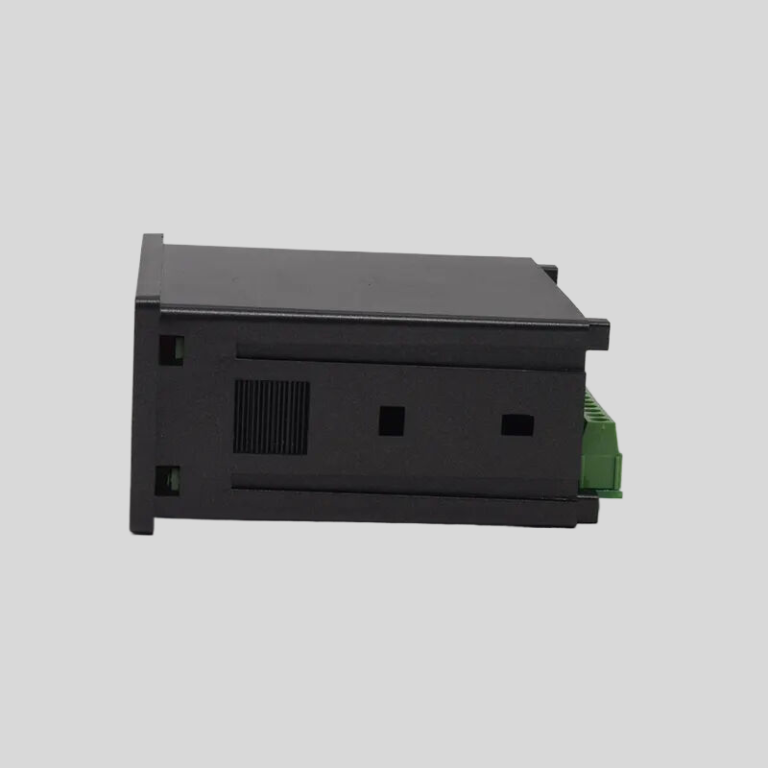Benefits of Using Portable water quality testing equipment
Portable water quality testing equipment has become an essential tool for ensuring the safety and purity of drinking water in various settings. From remote locations to disaster relief efforts, these portable devices offer a convenient and efficient way to monitor water quality on the go. In this article, we will explore the benefits of using portable water quality testing equipment and how it can help improve public health and environmental protection.
| ROS-360 Water Treatment RO Programmer Controller | ||
| Model | ROS-360 Single Stage | ROS-360 Double Stage |
| Measuring range | Source water0~2000uS/cm | Source water0~2000uS/cm |
| First level effluent 0~1000uS/cm | First level effluent 0~1000uS/cm | |
| secondary effluent 0~100uS/cm | secondary effluent 0~100uS/cm | |
| Pressure sensor(optional) | Membrane pre/post pressure | Primary/ secondary membrane front/rear pressure |
| Flow Sensor(optional) | 2 channels (Inlet/outlet flow rate) | 3 channels (source water, primary flow,secondary flow) |
| IO input | 1.Raw water low pressure | 1.Raw water low pressure |
| 2.Primary booster pump inlet low pressure | 2.Primary booster pump inlet low pressure | |
| 3.Primary booster pump outlet high pressure | 3.Primary booster pump outlet high pressure | |
| 4.High liquid level of Level 1 tank | 4.High liquid level of Level 1 tank | |
| 5.Low liquid level of Level 1 tank | 5.Low liquid level of Level 1 tank | |
| 6.Preprocessing signal | 6.2nd booster pump outlet high pressure | |
| 7.High liquid level of Level 2 tank | ||
| 8.Preprocessing signal | ||
| Relay output (passive) | 1.Water inlet valve | 1.Water inlet valve |
| 2.Source water pump | 2.Source water pump | |
| 3.Booster pump | 3.Primary booster pump | |
| 4.Flush valve | 4.Primary flush valve | |
| 5.Water over standard discharge valve | 5.Primary water over standard discharge valve | |
| 6.Alarm output node | 6.Secondary booster pump | |
| 7.Manual standby pump | 7.Secondary flush valve | |
| 8.Secondary water over standard discharge valve | ||
| 9.Alarm output node | ||
| 10.Manual standby pump | ||
| The main function | 1.Correction of electrode constant | 1.Correction of electrode constant |
| 2.TDS alarm setting | 2.TDS alarm setting | |
| 3.All working mode time can be set | 3.All working mode time can be set | |
| 4.High and low pressure flushing mode setting | 4.High and low pressure flushing mode setting | |
| 5.Manual/automatic can be chosen when boot up | 5.Manual/automatic can be chosen when boot up | |
| 6.Manual debugging mode | 6.Manual debugging mode | |
| 7.Spare parts time management | 7.Spare parts time management | |
| Expansion interface | 1.Reserved relay output | 1.Reserved relay output |
| 2.RS485 communication | 2.RS485 communication | |
| Power supply | DC24V±10% | DC24V±10% |
| Relative humidity | ≦85% | ≤85% |
| Environment temperature | 0~50℃ | 0~50℃ |
| Touch screen size | Touch screen size: 7 inches 203*149*48mm (Hx Wx D) | Touch screen size: 7 inches 203*149*48mm (Hx Wx D) |
| Hole Size | 190x136mm(HxW) | 190x136mm(HxW) |
| Installation | Embedded | Embedded |
One of the key advantages of portable water quality testing equipment is its ease of use. These devices are designed to be user-friendly, allowing even non-experts to quickly and accurately test water samples for various contaminants. This makes them ideal for use in emergency situations where time is of the essence, such as natural disasters or waterborne disease outbreaks. With portable testing equipment, first responders and relief workers can quickly assess the safety of drinking water sources and take appropriate action to protect public health.
Another benefit of portable water quality testing equipment is its versatility. These devices are compact and lightweight, making them easy to transport to remote or hard-to-reach locations. This makes them ideal for use in field research, environmental monitoring, and water quality assessments in areas with limited access to laboratory facilities. Portable testing equipment can be used in a wide range of settings, from rural communities to industrial sites, to ensure that water sources are safe for consumption and meet regulatory standards.
| pH/ORP-3500 series pH/ORP Online Meter | |||
| pH | ORP | Temp. | |
| Measurement range | 0.00~14.00 | (-2000~+2000)mV | (0.0~99.9)℃(Temp. Compensation :NTC10K) |
| Resolution | 0.01 | 1mV | 0.1℃ |
| Accuracy | ±0.1 | ±5mV(electronic unit) | ±0.5℃ |
| Buffer Solution | 9.18;6.86;4.01;10.00;7.00;4.00 | ||
| Medium Temp. | (0~50)℃(with 25℃ as standard )manual / automatic temp.compensation for selection | ||
| Analog Output | Isolated one Channel(4~20)mA,Instrument / Transmitter for selection | ||
| Control Output | Double relay output(ON/OFF) | ||
| Consumption | <3W | ||
| Working Environment | Working temp. (0~50)℃;Relative humidity≤85%RH(none condensation) | ||
| Storage Environment | Temp. (-20~60)℃; Relative humidity≤85%RH(none condensation) | ||
| Dimension | 48mm×96mm×80mm (H×W×D) | ||
| Hole Size | 44mm×92mm (H×W) | ||
| Installation | Panel mounted ,fast installation | ||
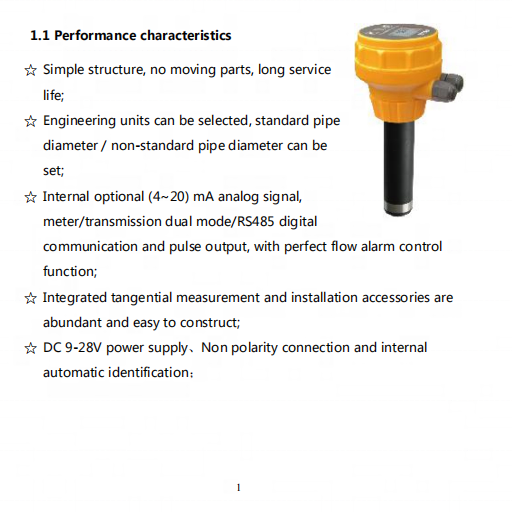
In addition to their ease of use and versatility, portable water quality testing equipment offers rapid results. These devices are designed to provide real-time measurements of key water quality parameters, such as pH, turbidity, dissolved oxygen, and microbial contamination. This allows users to quickly identify potential issues with water quality and take immediate corrective actions to prevent health risks. Rapid testing also enables more efficient monitoring of water sources over time, helping to track changes in water quality and identify emerging threats to public health.
Furthermore, portable water quality testing equipment is cost-effective. Traditional laboratory-based testing methods can be time-consuming and expensive, requiring specialized equipment and trained personnel. In contrast, portable testing equipment is affordable and requires minimal maintenance, making it a cost-effective solution for routine water quality monitoring. By investing in portable testing equipment, organizations can save time and resources while ensuring the safety of drinking water for communities and ecosystems.
Overall, portable water quality testing equipment offers numerous benefits for monitoring and protecting water quality in various settings. From its ease of use and versatility to its rapid results and cost-effectiveness, portable testing equipment is a valuable tool for ensuring the safety and purity of drinking water. By investing in portable testing equipment, organizations can improve public health, protect the environment, and respond effectively to water quality challenges.
